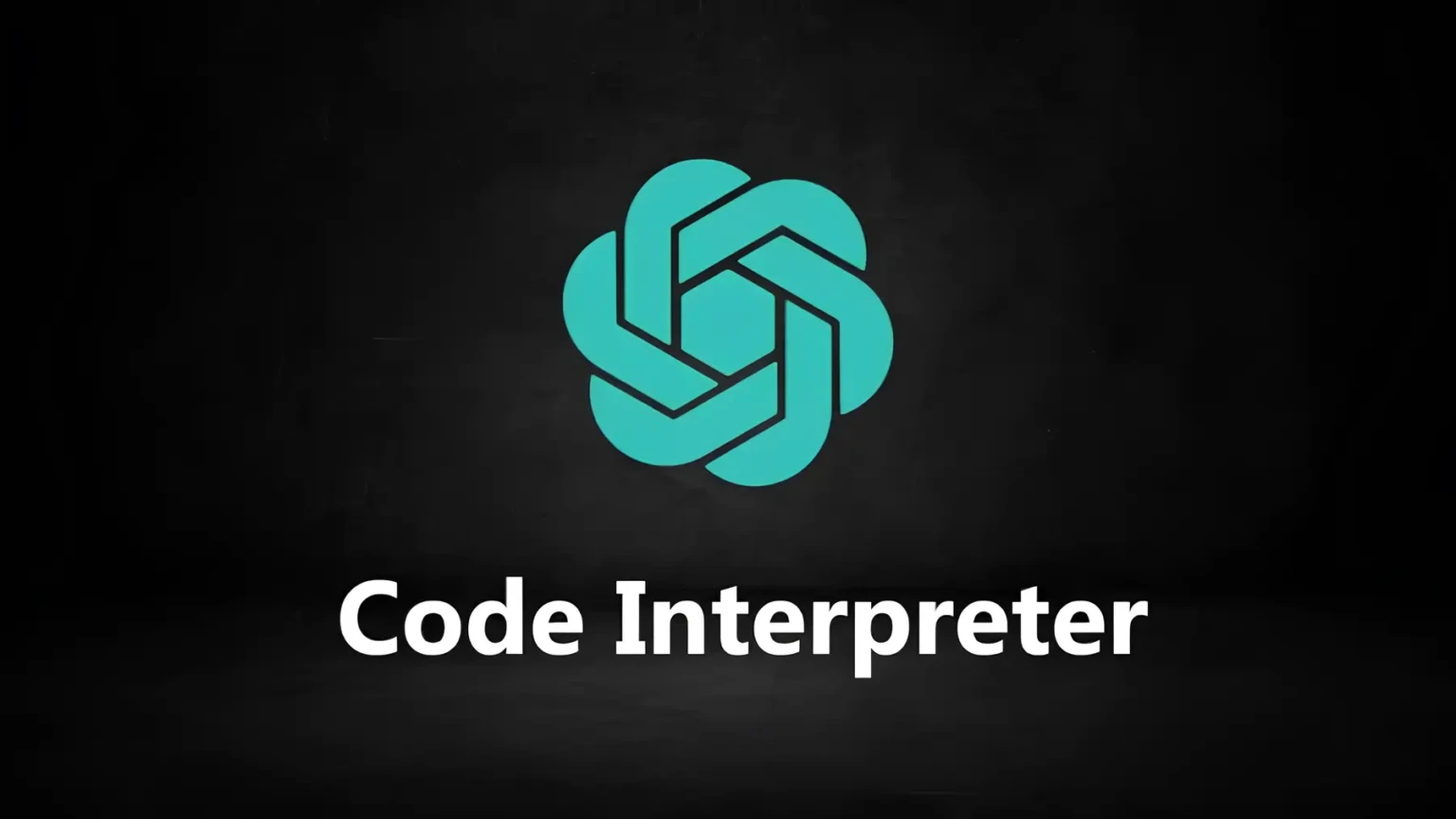What does OpenAI Code Interpreter do, and why is it gaining traction among developers, analysts, and creative professionals? In short, the tool allows users to upload data files, run Python code, generate visualizations, and receive natural-language explanations—all inside the familiar ChatGPT interface. Far beyond a simple chatbot, it acts as an interactive programming environment that blends conversational AI with real-time computation.
Understanding the Core Technology
The Evolution of ChatGPT Plugins
OpenAI first introduced the Code Interpreter as an experimental plugin, later rebranding it as Advanced Data Analysis (ADA). This feature lets the model write and execute Python code securely in a sandboxed environment. According to OpenAI’s documentation, it supports a wide range of tasks: from basic arithmetic to sophisticated statistical modeling and machine-learning workflows.
How the Execution Environment Works
- Sandboxed Python Kernel: All computations run in a temporary, isolated environment.
- File Handling: Users can upload CSVs, images, or text files for immediate analysis.
- Dynamic Visualization: The interpreter produces charts, plots, and tables on demand.
This combination turns ChatGPT into a data-science companion capable of handling tasks that once required separate IDEs or notebooks.
Key Capabilities in Action
Automated Data Analysis
What does OpenAI Code Interpreter do when facing large datasets? It cleans, filters, and summarizes data with minimal human input. For example, financial analysts can upload trading histories and receive instant trend analyses or risk metrics.
Advanced Calculations and Modeling
From linear regression to Monte Carlo simulations, the tool handles complex mathematical modeling. It’s particularly valuable for researchers who need rapid prototypes without writing boilerplate code.
File Conversion and Format Handling
Need to transform a JSON dataset into a CSV or generate PDFs from text? The interpreter executes these conversions reliably, saving hours of manual work.
Real-World Applications
Business Intelligence and Reporting
Companies use the interpreter to automate KPI dashboards and predictive analytics. It integrates smoothly with existing workflows, enabling decision-makers to explore scenarios without waiting for a data-science team.
Education and Research
Educators can demonstrate algorithms live during lectures, while students experiment interactively. A Harvard data-science guide highlights the growing value of such AI-assisted teaching tools.
Creative and Technical Fields
Artists and engineers leverage it to generate visual patterns, process images, or even simulate physics experiments—all conversationally.
Security and Limitations
While powerful, the environment has built-in guardrails:
- No Internet Access: It cannot fetch external URLs in real time, reducing risk but limiting live data pulls.
- Session Ephemerality: Uploaded files and generated code vanish when the chat ends.
- Computational Limits: Heavy workloads or long-running scripts may time out.
These constraints balance user privacy with performance and security.
Internal Workflow Integration
Organizations often embed the interpreter into larger pipelines:
- Data Pre-Processing: As a first step before feeding cleaned data into production systems.
- Rapid Prototyping: Teams test hypotheses in minutes, then port final code to production.
Frequently Asked Questions
What does OpenAI Code Interpreter do for data analysis?
It automates cleaning, transformation, and visualization, letting users explore complex datasets interactively.
How secure is the OpenAI Code Interpreter?
All code runs in a sandboxed environment without internet access, keeping user data private and reducing external attack vectors.
Can non-programmers use the OpenAI Code Interpreter?
Yes. Its natural-language interface allows anyone to describe a task, while the system handles the Python coding behind the scenes.
What does OpenAI Code Interpreter do differently from a standard IDE?
Unlike traditional IDEs, it combines conversational AI with live computation, offering explanations, plots, and editable code in a single interface.
Is the OpenAI Code Interpreter free?
Availability varies by plan, but it is generally included with ChatGPT Plus or enterprise tiers that feature Advanced Data Analysis.
Forward-Looking Analysis
What does OpenAI Code Interpreter do for the future of AI workflows? Its seamless blend of conversation and computation hints at a new era where human intent directly drives code execution. As enterprises seek faster insights and developers push for more automation, expect tighter integration with cloud data platforms, richer visualization libraries, and eventually real-time collaborative coding sessions.
Bottom Line:
What does OpenAI Code Interpreter do that’s so transformative? It turns natural language into executable, data-driven action. For businesses, educators, and creative professionals, it’s not just a feature—it’s a glimpse into the next generation of interactive computing.

